An oarsome adventure: how to build a canoe
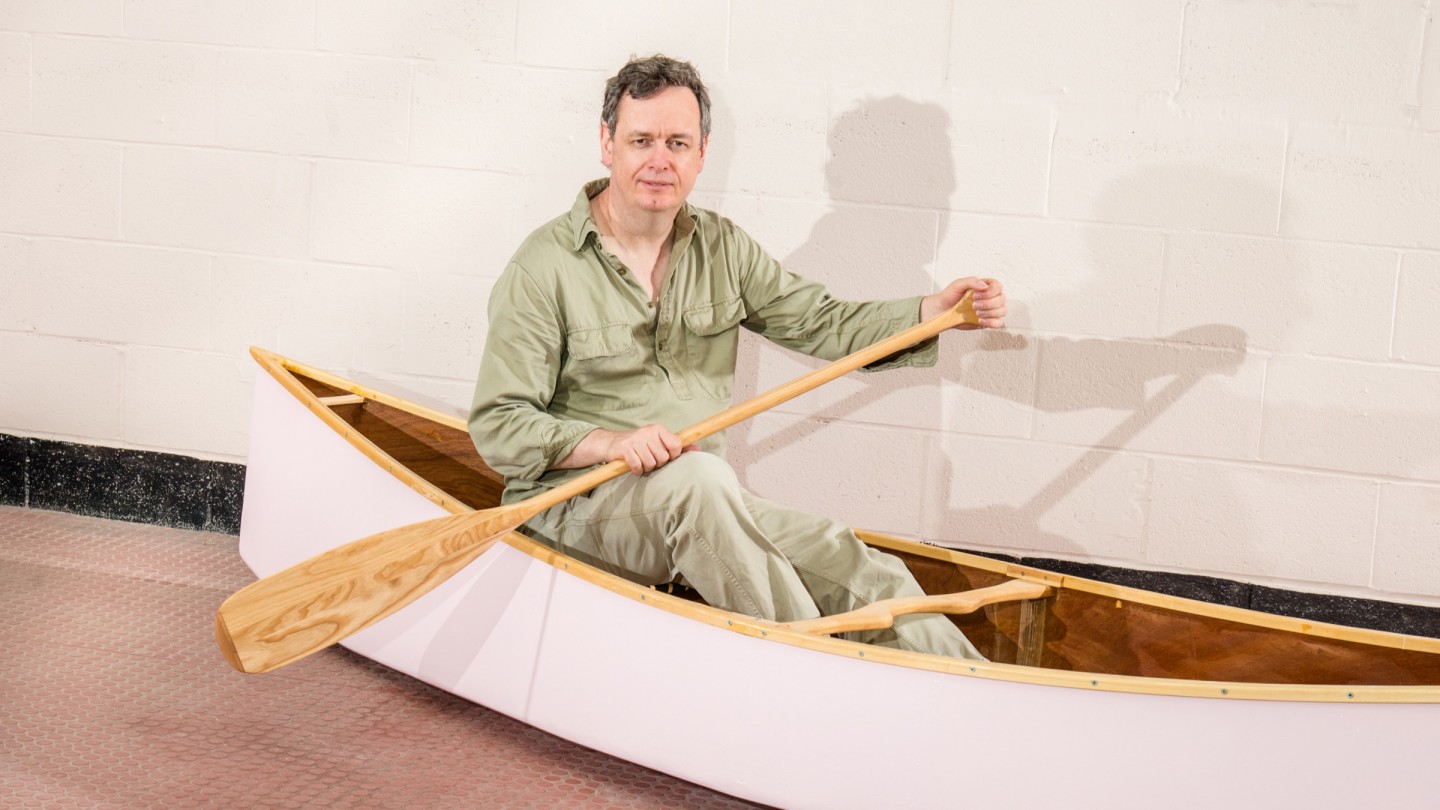
Roula Khalaf, Editor of the FT, selects her favourite stories in this weekly newsletter.
I enjoy craft. It is one of the reasons why I have been a long-term resident in Hackney since the days when a flat white was hard to find. The creative side of east London, with its artists and craftmakers, has been one of the appeals. The property prices and rents now exceed some leafy suburbs in south London, but the creative edge is still there.
And I have been a serial sampler of workshops in the area – carving wooden spoons with Barn the Spoon; baking bread with E5 Bakery; making cheese with Wildes Dairy in Tottenham. So I leapt at an invitation to build a 10ft Canadian wooden canoe over a weekend at Yukan’s light-filled workshop just north of Regent’s Canal. I’m not a complete novice in woodwork, but previous attempts have tended toward the unfortunate rather than the accomplished, so making a boat that wouldn’t sink would be a big step up.
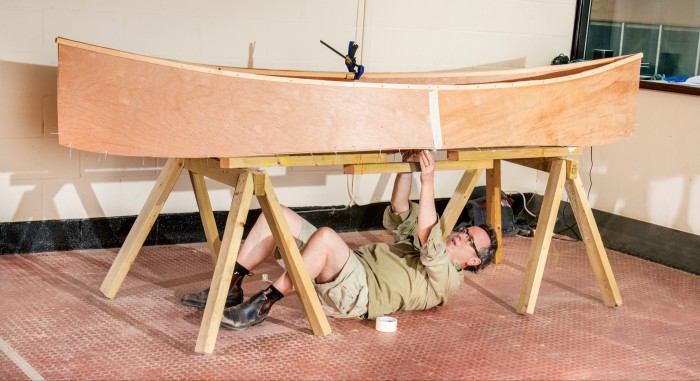
Yukan has its workshop at Hackney Depot, a 1981 exemplar of industrial architecture that sits amid a bustling fleet of buses in an area so gritty that some of the bleaker bits of the uncompromisingly jagged BBC crime drama Luther were filmed nearby. The workshop rooms had been dormant for years. Now it is a still largely empty maker space, with plenty of room to build some canoes.
The location is not an accident. Regent’s Canal is one of east London’s great assets but, despite the proliferation of narrowboats and new apartment blocks alongside them, it remains perhaps underused for canoeing and kayaking. There is a market to be tapped here, and now is undoubtedly the moment. Following the restrictions of lockdown, sales of outdoor sports equipment have been booming. We’ve become more active and want to escape and enjoy a bit of nature, even if it’s in the centre of a capital city. Membership of British Canoeing is up 40 per cent over the past year and, on both sides of the Atlantic, retailers are reporting a significant jump in demand for canoes, kayaks and paddleboards.
“The waterways are crying out to be used,” says Andy Blue, one of the instructors for my workshop along with Jonjo Reynolds. The two lads grew up in Hackney and both are canoeing instructors. They’re also involved in the nearby Laburnum Boat Club for kids.
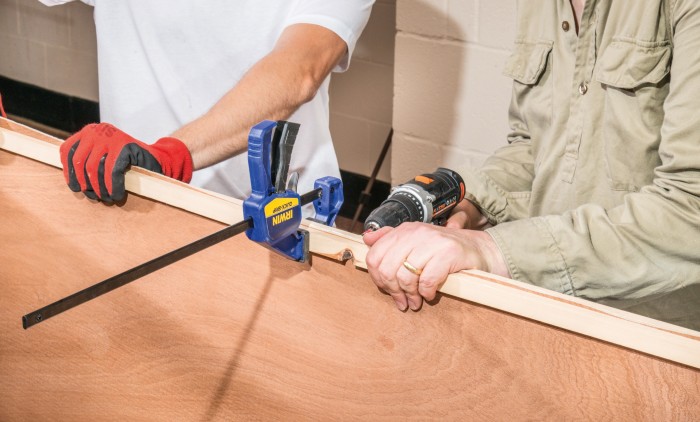
Joining me were a father and son who lived next to the canals and a 50-year-old who had been given the workshop as a birthday present. After a youth spent painting and maintaining boats for his family, he had a significant skill advantage over the rest of us. For a start he knew what a gunnel was.
Day one was spent building the frame of the canoe from eucalyptus plywood, cut to pre-set templates. We first had to join the sides and bottom with plastic ties by drilling holes and then attaching them, then the ties were adjusted until we had the broad shape of the canoe ready.
The process was tricky but nowhere near as difficult as a traumatically stressful assembly of a toy kitchen set before Christmas a few years ago. And the constant reassurance from Blue and Reynolds was: “If it is made from wood, it can be fixed.”
After lunch from Broadway Market around the corner from the workshop, it was on with the gunnels – the two long strips on the top edge of the hull. Next came making the whole thing watertight, which involved applying an epoxy resin to the cracks in the plywood to seal it. This was sticky, pungent stuff with the texture of mashed potato and had to be applied quickly before it started to harden. I had been expecting canoe making to be about precision, but I soon realised that it would be basically fine as long it was roughly right.
Once the canoe was sealed, it was time to apply a more liquid resin – molten-hot, poured directly into the main body and brushed over the cracks, the floor and sides until it had a wet, deep lustre. We left it to dry overnight.
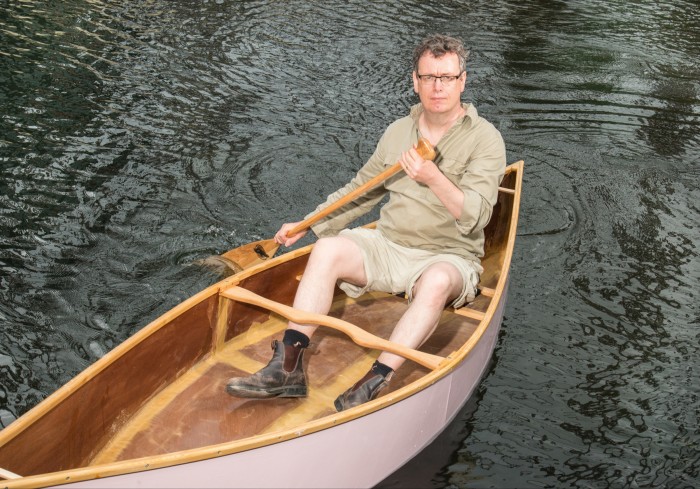
I returned the following day with my 10-year-old daughter. This was a much less intense day and in many ways more fun. It was about shaping the canoe, smoothing the edges and rough patches with a plane, rasp and sandpaper. The seats were attached with Reynolds and Blue’s help, along with a middle bar to carry the canoe. My daughter absolutely loved it. After we worked on it through the day, the canoe felt a product of her as much as me.
We finished mid-afternoon with a fully formed, beautiful canoe. It was much, much better than I had imagined, with a sleek, shiny interior and lovely lines. I was genuinely impressed. I did not try it on the water but went for a turn in the canal with one Reynolds had made earlier, finished in Financial Times-pink paint. It handled remarkably well. I could easily imagine spending time exploring London through the canals in it.
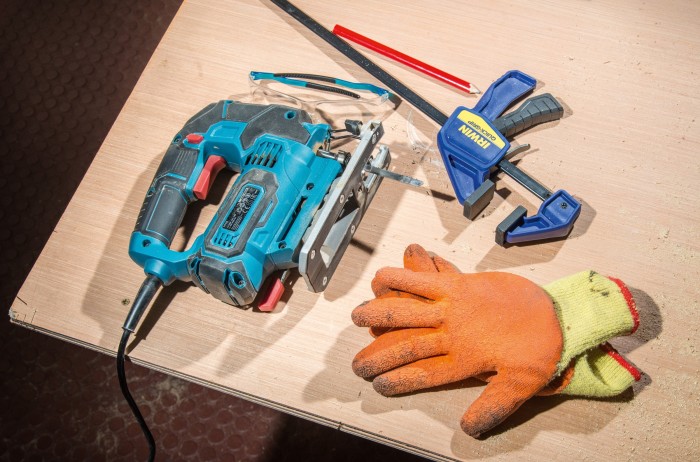
We did not paint or varnish the outside of the canoe I made; that is usually done after the workshop, when the boat is taken home. In our case, it was also because we were not keeping it. Alas, my flat has no space for a 10ft vessel, so the canoe will be donated by Yukan to the Laburnum Youth Club. For me, the joy was in the making. I had some quality time with my daughter, building and crafting something together. That will be a lovely memory. And soon we will be able to try out our canoe at the youth club.
The course costs £695 per canoe (yukan.co.uk)
Comments